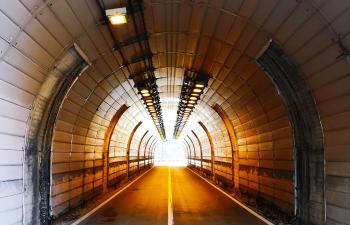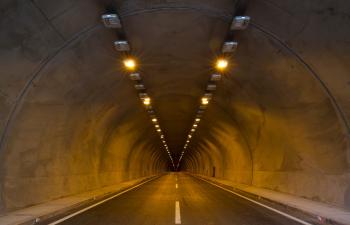Tunnel Projects Around the World: A Comparison of Different Approaches and Results.
Tunnels are marvels of engineering that allow us to navigate through mountains, rivers, and urban areas while minimizing environmental impact. From the early days of digging tunnels by hand to the modern era of using advanced drilling technology, tunneling projects have come a long way. In this blog, we will look at some of the most impressive tunnel projects worldwide, comparing the different approaches and results.
One of the most well-known tunnel projects is the Channel Tunnel, which connects England and France under the English Channel. This project was completed in 1994 and took six years to build, costing over 10 billion euros. The tunnel was built using two tunnel-boring machines, which were used to excavate the rock and soil beneath the sea bed. This approach allowed for minimal disruption to shipping lanes and the environment, and the result was a tunnel that is over 50 kilometers long and capable of carrying passenger and freight trains.
Tunnel projects have become increasingly common worldwide in recent years as cities and countries seek to improve transportation, provide access to resources, and reduce roadway congestion. However, not all tunnel projects are created equal, and different approaches can lead to different results. In this blog post, we will compare tunnel projects worldwide, examining their approaches and outcomes.
One of the most well-known tunnel projects is the Channel Tunnel, which connects England and France under the English Channel. This project was completed in 1994 and took six years to build, costing over 10 billion euros. The tunnel was built using two tunnel-boring machines, which were used to excavate the rock and soil beneath the sea bed. This approach allowed for minimal disruption to shipping lanes and the environment. The result was a tunnel over 50 kilometers long and capable of carrying passenger and freight trains.
Another impressive tunnel project is the Seikan Tunnel in Japan, which connects the islands of Honshu and Hokkaido. This is the longest and deepest railway tunnel in the world, stretching over 53 kilometers and reaching depths of up to 240 meters below sea level. The Seikan Tunnel was built using a combination of tunnel-boring machines and drilling methods, and it took over 25 years to complete at a cost of around 7 billion euros. The tunnel has dramatically improved transportation between the two islands and reduced reliance on ferries, often disrupted by bad weather.
In Norway, the Lærdal Tunnel is a remarkable feat of engineering that is over 24 kilometers long and connects two mountain villages. This tunnel was built using traditional drilling and blasting techniques and took five years to complete at a cost of around 150 million euros. The Lærdal Tunnel features a unique lighting system that changes color along the tunnel's length, which helps reduce driver fatigue and improve safety.
Wrapping up
Overall, tunnel projects can provide many benefits, including improved transportation, reduced congestion, and increased resource access. However, these projects can also be complex and costly, and different approaches can lead to different outcomes. While some tunnel projects have been successful, others have faced challenges and setbacks. By examining these different projects, we can gain a better understanding of the various factors that contribute to their success or failure.


